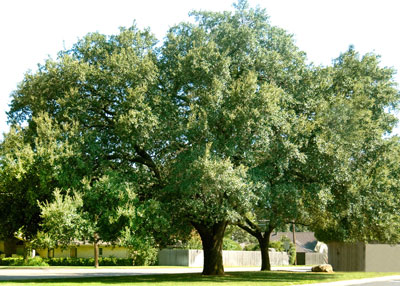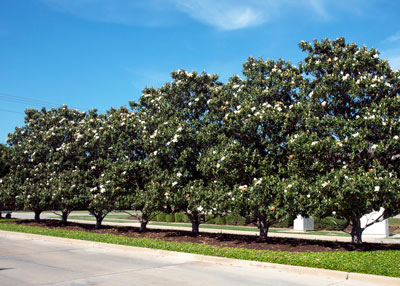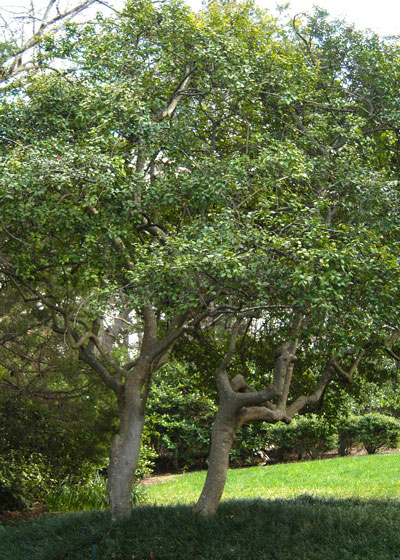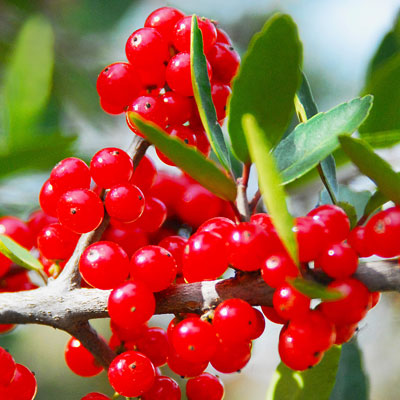Three Pretty Trees for Mid-Winter
Get a few days of cold, cloudy weather and you may decide that even Texas can get gloomy in winter. That’s when you count on your landscape plants to perk things up.
But are trees up to the task? The three that I’ve brought to our meeting today certainly are! Let me tell you about them.

• Live oaks. Live oaks stay green while other trees around them have gone totally bare and completely brown. There’s a permanence that live oaks bring to their surroundings. And rightfully so, because these magnificent shade trees live for hundreds of years. But live oaks require big spaces, so don’t plant a live oak unless you have room. Nothing is sadder than a live oak that’s been trimmed away from traffic or power lines.

• Southern magnolias. Sure they’re most beautiful in May and June when their leaves are all fresh and new and when they’re loaded with blooms, but just as with live oaks, their evergreen foliage is a great mainstay over the winter. Little Gem and Teddy Bear are smaller southern magnolias for smaller gardens.

• Female yaupon hollies. (These are smaller accent trees.) I grew up in College Station where native yaupons make up the majority of the undergrowth of the post oak forests. I feel right at home prowling my way through a thicket of yaupons.

They’re evergreen shrubs that are easily trained into handsome small entryway or patio trees. Their leaves are spineless, and the female plants smother themselves in BB-sized brilliant red berries.
Give yaupon sun or shade, but include it somewhere!
Note: Only female yaupons have fruit. Males serve up the pollen. If you end up with a male plant, your neighbors will love you for the berries you will bring to their female trees, but you’ll be left without fruit for your labors. Let your nurseryman guide you.
